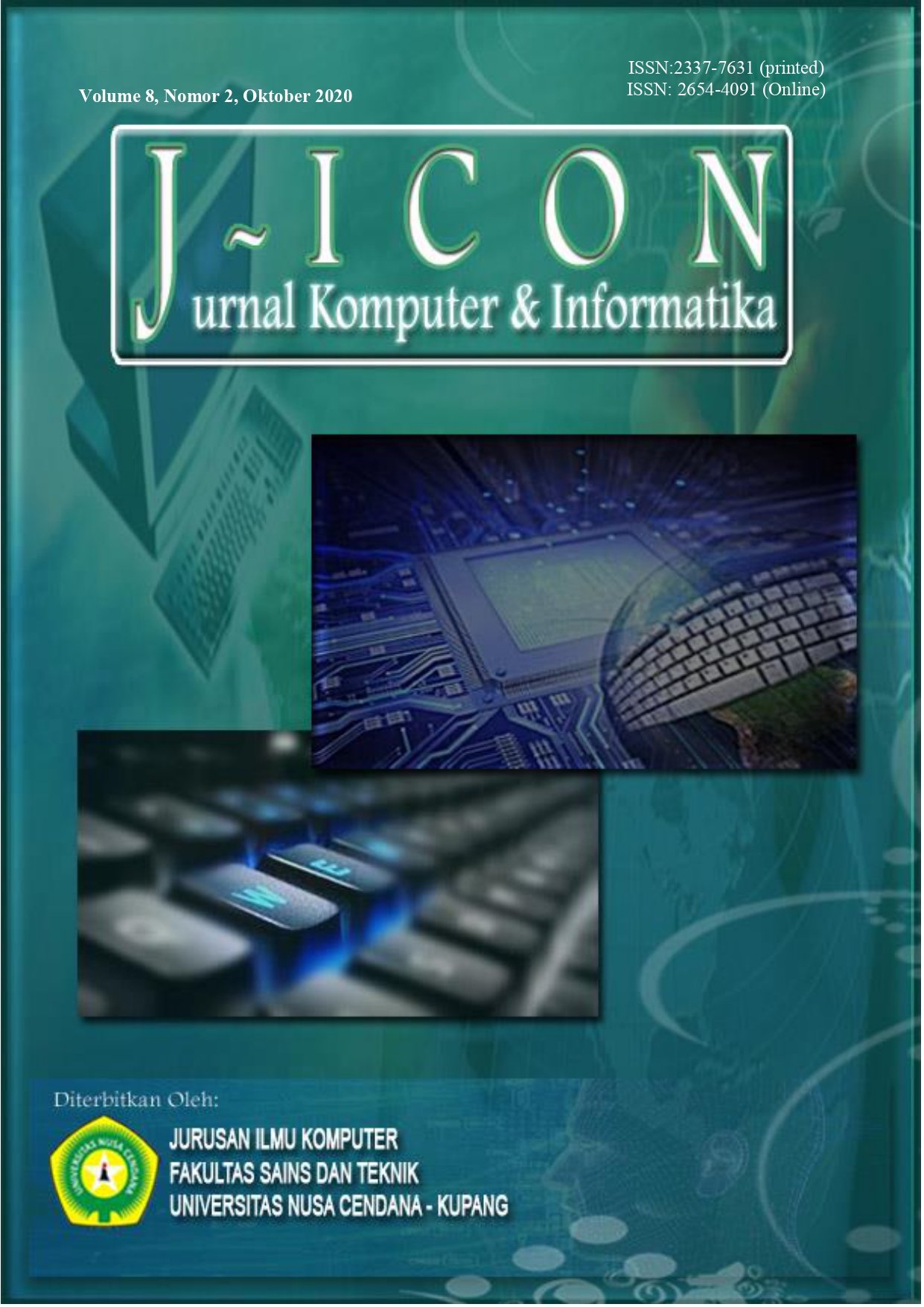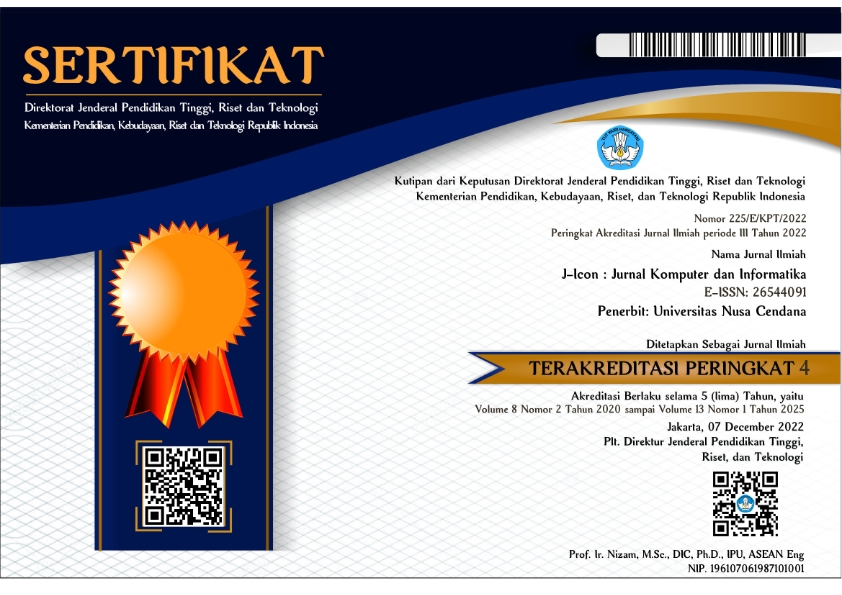PENERAPAN METODE STAD DAN JIGSAW DALAM UPAYA PENINGKATAN PENCAPAIAN HASIL BELAJAR MAHASISWA DENGAN MEMANFAATKAN MEDIA PEMBELAJARAN INTERAKTIF.
Abstract
The purpose of this study is to find out the influence between the use of the cooperative learning model of the JIGSAW and STAD . This study uses a quantitative method with an experimental approach. The population in this study were students majoring in computer science in the class of language theory and automata, and artificial intelligence. The sampling technique used random sampling techniques. In this study, the research samples were students majoring in computer science. Each class consisted of 33 students selected for the comparative experiment which were two classes. Testing is carried out using a one-way variant (one way Anova). The results of hypothesis testing showed the two data groups had the same variants between the STAD and JIGSAW learning models, with the value of Fcount of 0.5928 and Ftable of 1.79. It was found that Ftable> α, namely 1.79> 0.05, while Fcount> α, namely 0.5928> 0.05. By testing F, for the testing criteria, the value of Fcount < Ftable, (0.5928 <1.79) is obtained, then the accepted hypothesis is H0, meaning that the two data groups have the same variants. So it can be concluded that the application of the STAD and JIGSAW models has an effect on the achievement of student learning outcomes.
Keywords: The Jigsaw Learning Model, Stad, Poetry Learning Results
Downloads
References
Kunandar. 2011. Penelitian Tindakan Kelas Sebagai pengembangan Profesi Guru. Jakarta : PT Rajagrafindo Persada
Miarso. 2011. Menyemai Benih Teknologi Pendidikan. Jakarta: Prenada Media
Setiawan.kukuh, 2019. Buku Ajar metodologi Penelitian “Anova satu arah”.
Suprijono, Agus. Cooperative Leraning Teori dan Aplikasi PAIKEM, Yogyakarta: Pustaka
Pelajar. 2010.
Copyright (c) 2020 Jurnal Komputer dan Informatika

This work is licensed under a Creative Commons Attribution 4.0 International License.
The author submitting the manuscript must understand and agree that if accepted for publication, authors retain copyright and grant the journal right of first publication with the work simultaneously licensed under a Creative Commons Attribution (CC-BY) 4.0 License that allows others to share the work with an acknowledgment of the work’s authorship and initial publication in this journal.
 Kornelis Letelay(1*)
Kornelis Letelay(1*)




